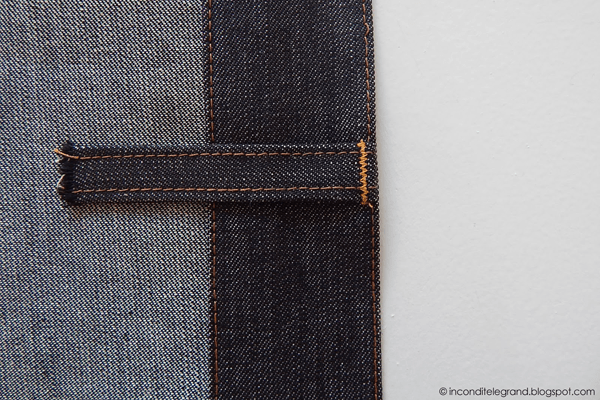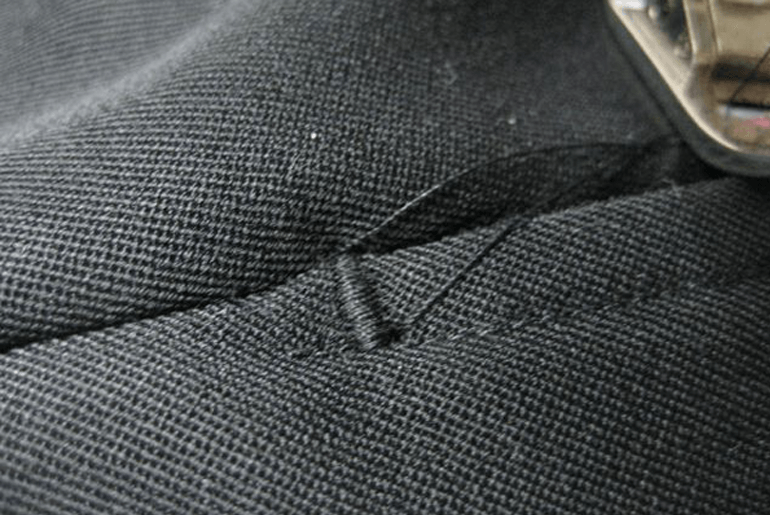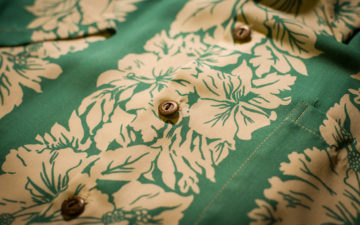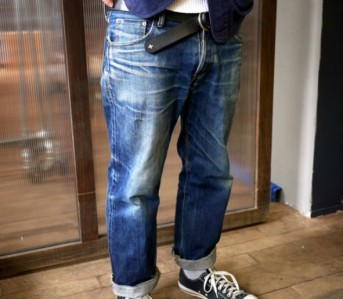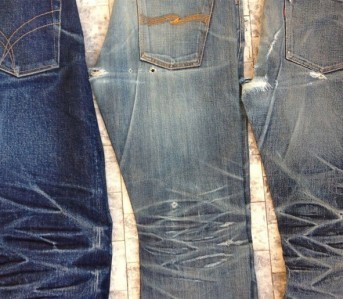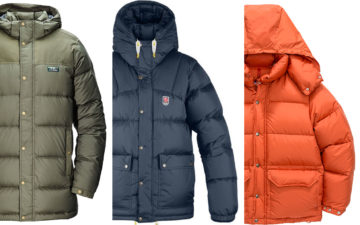It’s interesting to think about how something so simple as a bar tack is so crucial. In the same way that denim itself can be so simple, yet so crucial as a standard in a person’s wardrobe, bar tacks represent an important step in the evolution of denim. But unlike the back cinch, bar tacks still exist because they haven’t been made obsolete.
For those wondering–“what exactly is a bar tack?”–it’s a tight zig-zag stitch that is repeated over and over itself to reinforce an area of fabric. Even though we’re talking about denim here, it’s also used on other clothing items, luggage, and even sneakers. This reinforcing reduces tears, which is all-important in items like a pair of jeans. When you decide to get your crotch blowout repaired at a shop that doesn’t offer darning, you’re likely going to get glorified bar tacking that seals the hole shut.
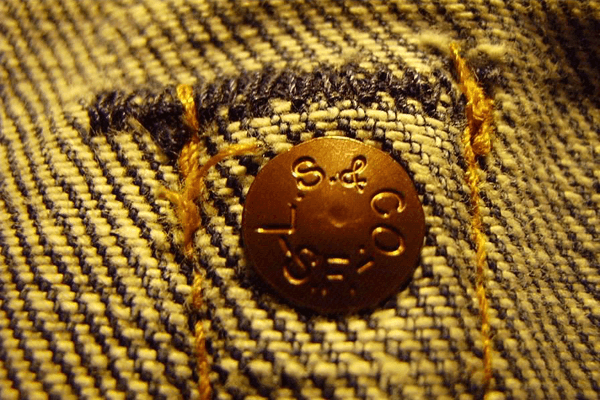
On a pair of jeans, you’ll specifically see bar tacks used around the pockets, belt loops, the fly, and the hips. Collectors of vintage Levi’s can use bar tacks as a litmus test for whether a pair is truly vintage or not; if bar tacks are used on the corners of back pockets in colors differing from the rest of the jean, then the jeans are likely over 20 years old. Bar tacking is so essential to the production of fabric-based goods that there is even a patent for a machine dedicated to making it a simplified process.
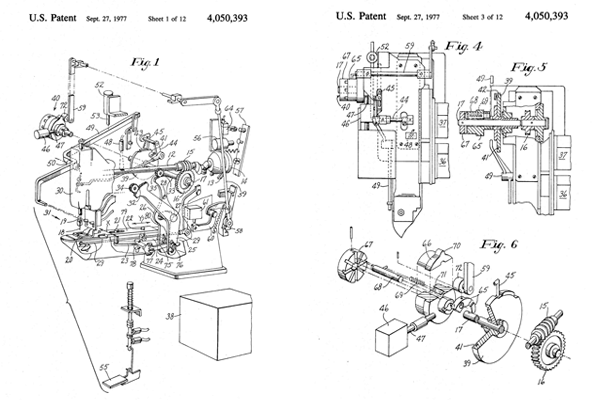
When done correctly, bar tacks can help products like jeans withstand pressures of up to 400 pounds. Although most pants don’t see that kind of stress, it’s further proof of why people love jeans–the fabric itself and the construction that make a classic pair worth buying means a pair can last years and years. The next time you’re perusing racks of denim, or better yet, pulling on your favorite pair first thing in the morning, look for the classic zig-zag stitch.
